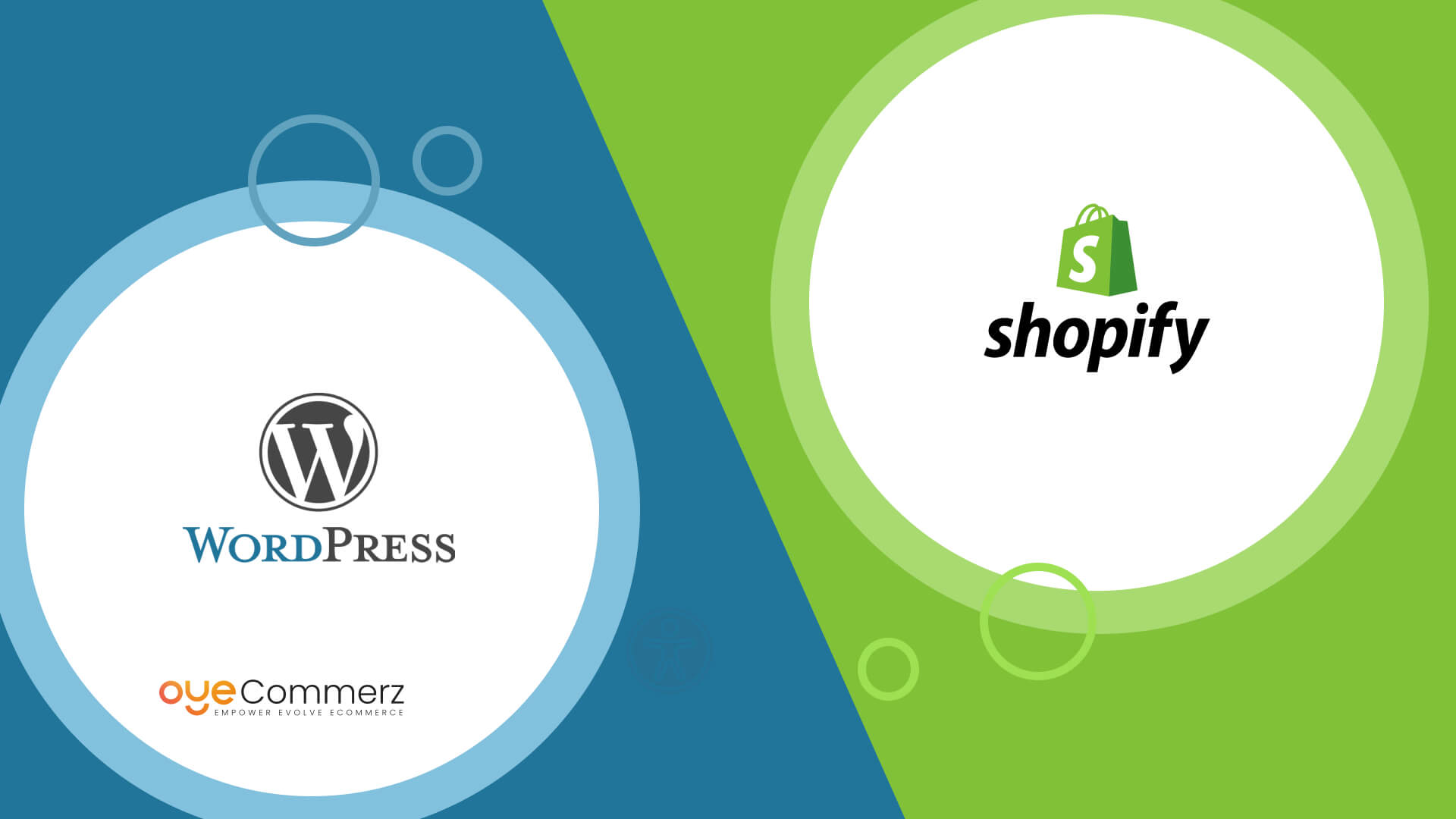Scaling an e-commerce store requires adaptability, growth, and delivering outstanding customer satisfaction.
Migrating from WordPress to Shopify is often driven by the need for improved performance, enhanced capabilities, and a robust foundation for growth.
This guide outlines the essential steps, strategies, and insights to ensure your migration to Shopify is successful and disruption-free.
Reasons to Transition from WordPress to Shopify
WordPress is a flexible platform, but its dependency on plugins can complicate e-commerce scalability.
Shopify is designed specifically for online retail, offering powerful tools, security, and scalability to fit businesses of any size.
Shopify's reach extends to over 4.5 million stores globally in 2024, confirming its leadership in the e-commerce space.
Migrating to Shopify brings advantages such as streamlined order processing, advanced payment features, and better mobile responsiveness.
Let’s dive into the key steps to migrate seamlessly.
Step 1: Understand Your Current E-Commerce Challenges
Begin with a detailed assessment of your store’s strengths, weaknesses, and goals.
Highlight limitations like slow loading speeds or plugin dependencies that hinder scalability.
Shopify’s native functionalities, including Shopify Payments and pre-built themes, simplify operations and boost performance.
Step 2: Develop a Detailed Migration Strategy
An unorganized migration process may cause disruptions, data mishandling, or extended delays.
To minimize risks, prioritize critical components such as customer records, product catalogs, and transaction data.
Shopify provides tools and third-party apps to simplify the migration process and safeguard important information.
Step 3: Personalize Your Shopify Setup
Create a brand-consistent shopping experience using Shopify’s versatile customization tools.
Select or customize themes from Shopify’s library to improve customer interactions.
Premium themes like “Impulse” and “Prestige” offer advanced features and mobile-friendly designs.
For large-scale operations, Shopify Plus customization ensures a distinctive brand presence.
Partner with Oyecommerz to design Shopify Plus themes tailored for high-performing online stores.
Step 4: Safeguard Your Search Engine Optimization
Maintaining your SEO settings is crucial to keeping your website visible in search results.
With Shopify, you can redirect outdated URLs and retain search visibility.
Optimize metadata and link to Google Analytics for seamless SEO tracking on Shopify.
Reports indicate that 70% of websites experience temporary traffic dips post-migration without proper SEO management.
Step 5: Integrate Essential Shopify Apps
The Shopify App Store provides a wide range of applications to improve your store’s capabilities.
Integrate apps such as Klaviyo for targeted email campaigns or Yotpo for showcasing user reviews.
Use Shopify API integrations to connect your store with external systems effortlessly.
Oyecommerz specializes Shopify website optimization in creating tailored integrations to meet your business's unique operational needs.
Step 6: Ensure Mobile-Friendliness
In 2024, mobile devices account for nearly 60% of online transactions, making optimization essential.
Shopify’s responsive themes ensure your store looks great and functions smoothly on mobile.
Simplify the checkout process for mobile users with Shopify’s secure payment tools like Shop Pay.
Enhance mobile user satisfaction by ensuring fast, intuitive browsing and purchasing.
Step 7: Prepare Your Team for Shopify
Training your team to navigate Shopify ensures they maximize its features effectively.
Teach staff how to manage products, track orders, and utilize reporting tools for insights.
Team training boosts confidence and efficiency in using Shopify’s advanced functionalities.
Step 8: Verify Store Readiness Pre-Launch
Run thorough checks on your Shopify store to address potential problems before it goes live.
Check for broken links, missing redirects, and accurate product details.
Simulate purchases to confirm your store’s payment methods and checkout flow are problem-free.
Proper testing guarantees your customers will experience a polished and professional site from day one.
Step 9: Launch with a Marketing Push
Capitalize on your migration by generating buzz among your existing and potential customers.
Leverage email marketing and social platforms to highlight the advantages of your upgraded store.
Highlight benefits such as better performance and enhanced security to boost Why migrate to Shopify from WordPress customer confidence.
Conclusion: Shopify – The Key to E-Commerce Growth
Transitioning to Shopify represents an opportunity to reimagine your e-commerce strategy.
From scalability to intuitive tools, Shopify equips your store to thrive in competitive markets.
Whether you’re a startup seeking simplicity or an enterprise requiring advanced capabilities, Shopify delivers.
Partnering with Oyecommerz ensures a smooth migration with minimal disruption to your operations.
Trust Oyecommerz to make your migration stress-free and maximize your store’s capabilities.
Unlock the future of your business with Shopify—partner with us for a flawless migration experience.
